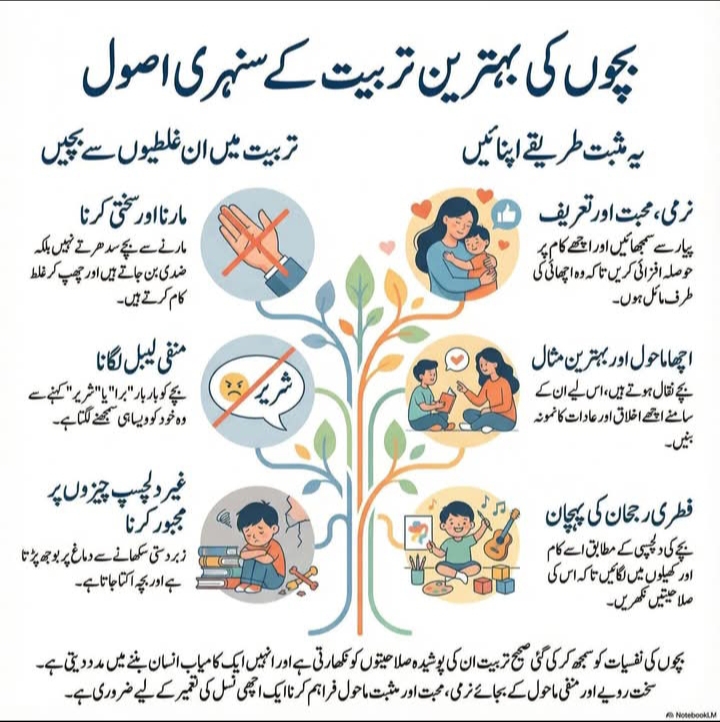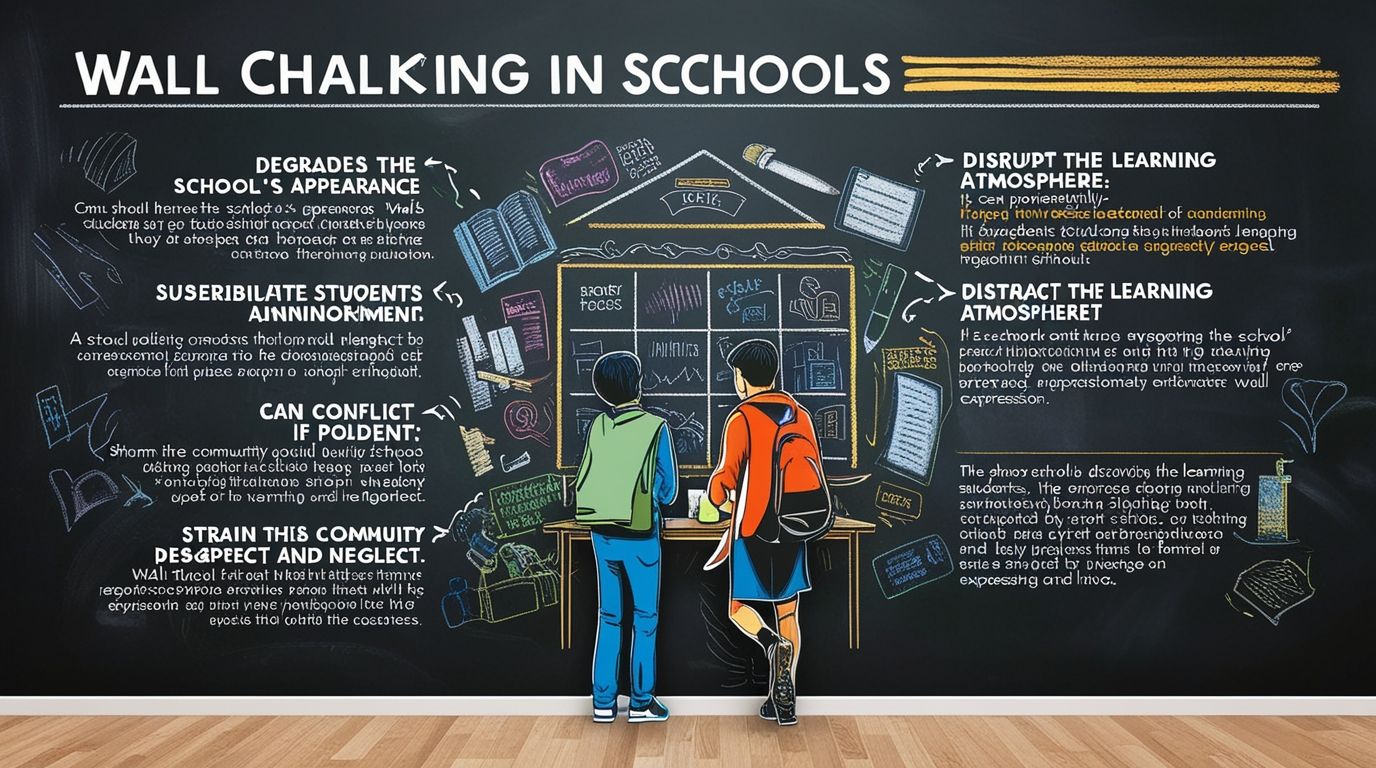Introduction
Wall chalking, the act of writing or drawing on public walls, has become a common phenomenon in many educational institutions. While it might seem harmless or even creative to some, in reality, it has far-reaching negative consequences, especially within the context of a school environment. This practice not only affects the aesthetics of the school but also has implications for the psychological well-being of students and the overall learning environment. This article explores the impact of wall chalking in schools, highlighting its detrimental effects and proposing solutions to mitigate this growing issue.
The Prevalence of Wall Chalking in Schools
Wall chalking is prevalent in many schools, often fueled by a lack of awareness about its negative consequences. It may begin as innocent scribbling or artistic expression but can quickly evolve into a more significant problem. Students, motivated by peer pressure or the desire to make a statement, engage in wall chalking without considering its broader implications. This behavior often tolerated or overlooked by school authorities, leading to its proliferation.
Aesthetic Degradation of the School Environment
One of the most immediate impacts of wall chalking is the aesthetic degradation of the school environment. Educational institutions meant to be places of learning, inspiration, and intellectual growth. Clean, well-maintained walls contribute to a positive atmosphere that is conducive to learning. However, when walls defaced with graffiti, slogans, or random drawings, the school’s appearance suffers. This visual pollution detracts from the school’s overall image, making it less inviting and more chaotic.
The presence of wall chalking can also give rise to a perception of neglect. Students, staff, and visitors may assume that the school administration is indifferent to the upkeep of the premises. This perception can have a ripple effect, leading to a decline in respect for school property and an increase in other forms of vandalism.

Psychological Impact on Students
The psychological impact of wall chalking on students is significant and multifaceted. Schools are environments where students are expected to feel safe, respected, and focused on their studies. However, wall chalking can create a sense of disorder and disrespect, which can be unsettling for students. When students exposed to offensive or inappropriate messages on school walls, it can lead to feelings of discomfort, anxiety, and even fear.
Moreover, wall chalking can contribute to the normalization of disruptive behavior. When students see that wall chalking tolerated or ignored, they may feel emboldened to engage in similar or more severe forms of misconduct. This can erode the school’s disciplinary framework, making it more challenging to maintain order and discipline.
Disruption of the Learning Environment
The learning environment another critical area affected by wall chalking. Educational spaces designed to facilitate focus, concentration, and intellectual engagement. However, when walls covered with distracting images, messages, or symbols, it can be challenging for students to maintain their concentration. Studies have shown that a cluttered or chaotic environment can negatively impact cognitive performance, making it harder for students to absorb and retain information.
In some cases, wall chalking may be used to convey political or social messages, which can further disrupt the learning environment. While schools should encourage critical thinking and open dialogue, wall chalking as a medium for expression can lead to divisiveness and conflict among students. This can create a tense atmosphere that is not conducive to productive learning.
Impact on School Reputation and Community Relations
The reputation of a school is closely tied to its physical appearance and the behavior of its students. Wall chalking, especially when it involves offensive or controversial content, can tarnish a school’s reputation within the broader community. Parents, potential students, and community members may view wall chalking as a sign of a lack of discipline and control within the school. This can lead to a decline in enrollment and a decrease in community support.
Furthermore, wall chalking can strain relationships between the school and the surrounding community. When school walls defaced, it can spill over into public spaces, leading to tensions between the school and local residents or businesses. This can result in negative media coverage, further damaging the school’s reputation.
Legal and Ethical Implications
Wall chalking also raises legal and ethical concerns. In many cases, it considered vandalism and can lead to legal consequences for those involved. Schools have a responsibility to maintain a safe and respectful environment for all students, and allowing wall chalking to continue unchecked can be seen as a failure to fulfill this duty.
From an ethical standpoint, wall chalking can undermine the values that schools seek to instill in their students. Respect for property, responsibility, and consideration for others are all compromised when students engage in or tolerate wall chalking. Schools must set a clear example by enforcing rules against vandalism and promoting positive forms of expression.
Solutions and Preventative Measures
Addressing the issue of wall chalking requires a multifaceted approach that involves students, teachers, administrators, and the broader community. Here are some strategies that can help mitigate the impact of wall chalking in schools:
- Education and Awareness: Schools should educate students about the negative consequences of wall chalking, both in terms of its impact on the school environment and the potential legal ramifications. Awareness campaigns can help students understand why it is important to respect school property and find alternative ways to express themselves.
- Enhanced Supervision and Security: Increasing supervision in areas where wall chalking is likely to occur can help deter students from engaging in this behavior. Installing security cameras or conducting regular patrols can also serve as a deterrent.
- Positive Expression Opportunities: Providing students with alternative outlets for expression can reduce the likelihood of wall chalking. Designating specific areas for mural painting, creating art clubs, or organizing school-wide art projects can channel students’ creativity in a positive direction.
- Clear Disciplinary Policies: Schools should have clear, consistent policies regarding vandalism, including wall chalking. Students should be made aware of the consequences of engaging in such behavior, and these policies should be enforced uniformly.
- Involving the Community: Engaging the broader community in efforts to prevent wall chalking can be highly effective. Partnering with local businesses, community organizations, and law enforcement can help create a united front against vandalism and promote a culture of respect and responsibility.
- Restorative Justice Practices: When students caught engaging in wall chalking, schools can implement restorative justice practices. This approach encourages students to take responsibility for their actions by involving them in the cleanup process and having them participate in discussions about the impact of their behavior on the school community.
Conclusion
Wall chalking in schools is more than just a minor act of defacement; it is a behavior that can have significant negative consequences for the school environment, students, and the broader community. By understanding the impact of wall chalking and implementing effective strategies to address it, schools can create a more positive, respectful, and conducive learning environment. Ultimately, the goal should be to foster a school culture that values responsibility, respect, and constructive forms of self-expression.

ok6zq5
1vbn5f
9e4zgl
I have recently started a website, the info you provide on this web site has helped me greatly. Thanks for all of your time & work.
39i2ux
Unlock exciting rewards with the latest 1xBet promo code! Whether you’re from Bangladesh, Pakistan, India, Nepal, Sri Lanka, Egypt, or the Philippines, you can claim amazing bonuses like free bets, free spins, and welcome bonuses with our updated 1xBet promo codes today. Use your 1xBet promo code for registration to start betting without a deposit or boost your first deposit with extra cash. Enjoy special offers with the 1xBet official promo code, perfect for app users and desktop players. Get your 1xBet free promo code today and experience top-tier betting promotions before they expire! No matter where you are, finding the right 1xBet promo code today means unlocking bigger chances to win, with offers perfectly tailored for players across Bangladesh, Pakistan, India, Nepal, Sri Lanka, Nigeria, Egypt, and the Philippines.
amei este site. Para saber mais detalhes acesse o site e descubra mais. Todas as informações contidas são conteúdos relevantes e exclusivas. Tudo que você precisa saber está está lá.
Good day! Do you know if they make any plugins to assist with Search Engine Optimization? I’m trying to get my blog to rank for some targeted keywords but I’m not seeing very good gains. If you know of any please share. Cheers!
I needed to create you the bit of note just to say thanks as before regarding the lovely guidelines you have featured above. This has been so surprisingly open-handed of people like you to convey unhampered exactly what a few individuals could possibly have offered for an e-book in making some profit for their own end, especially considering the fact that you could possibly have tried it in the event you decided. The good tips likewise acted to become easy way to know that other people have the identical keenness similar to my own to find out a little more with respect to this condition. I’m certain there are many more enjoyable situations up front for many who start reading your website.
Yay google is my king aided me to find this great website ! .
Having read this I thought it was very informative. I appreciate you taking the time and effort to put this article together. I once again find myself spending way to much time both reading and commenting. But so what, it was still worth it!
Wohh exactly what I was looking for, thankyou for posting.
Hi there, You’ve done a great job. I will definitely digg it and personally recommend to my friends. I am sure they will be benefited from this website.
Wow! This blog looks just like my old one! It’s on a completely different topic but it has pretty much the same layout and design. Wonderful choice of colors!
certainly like your web-site but you have to take a look at the spelling on several of your posts. Many of them are rife with spelling problems and I find it very bothersome to inform the reality nevertheless I will surely come again again.